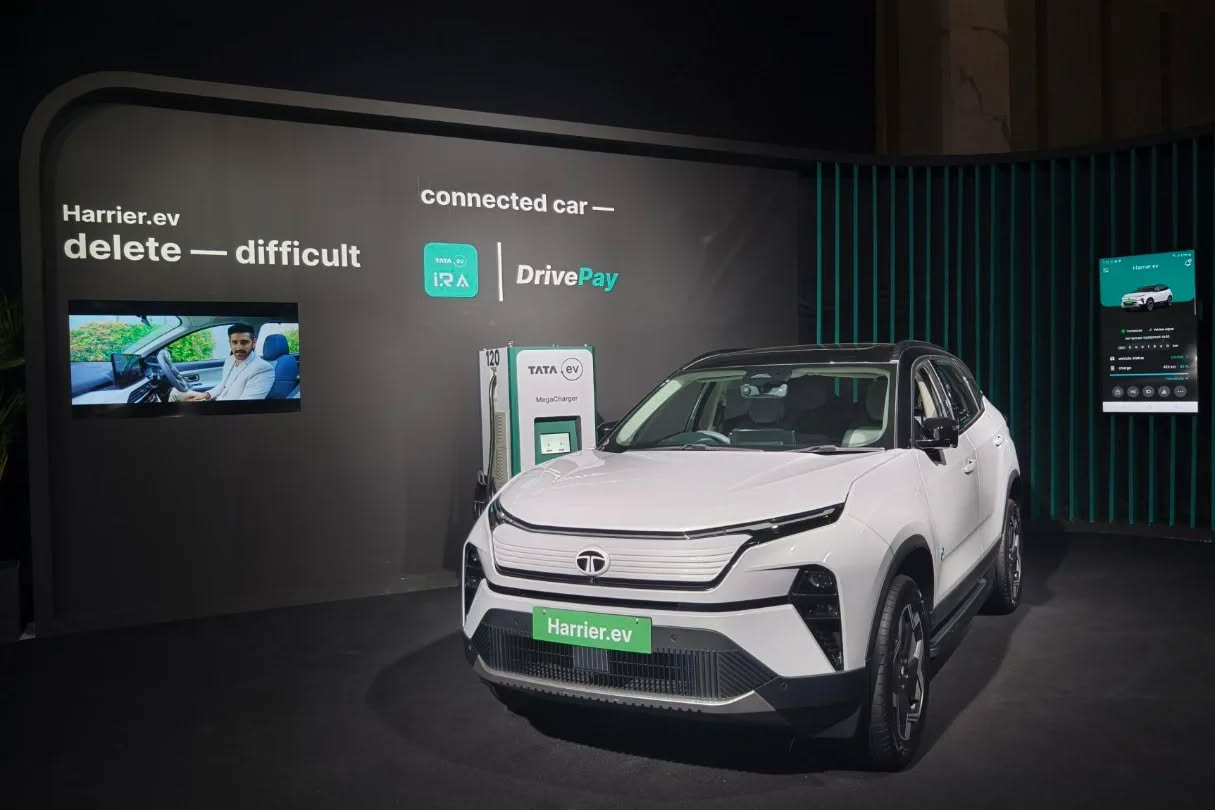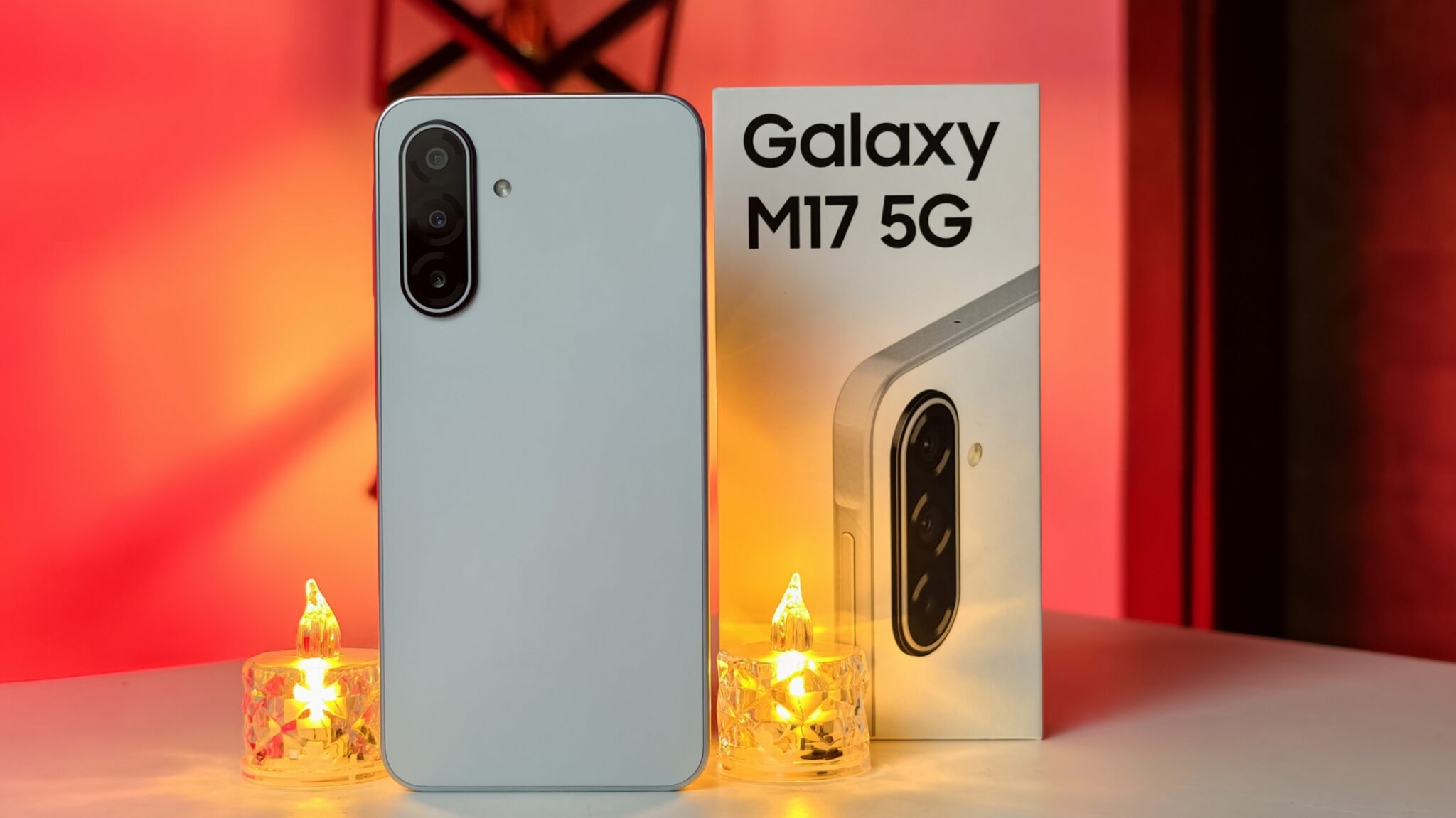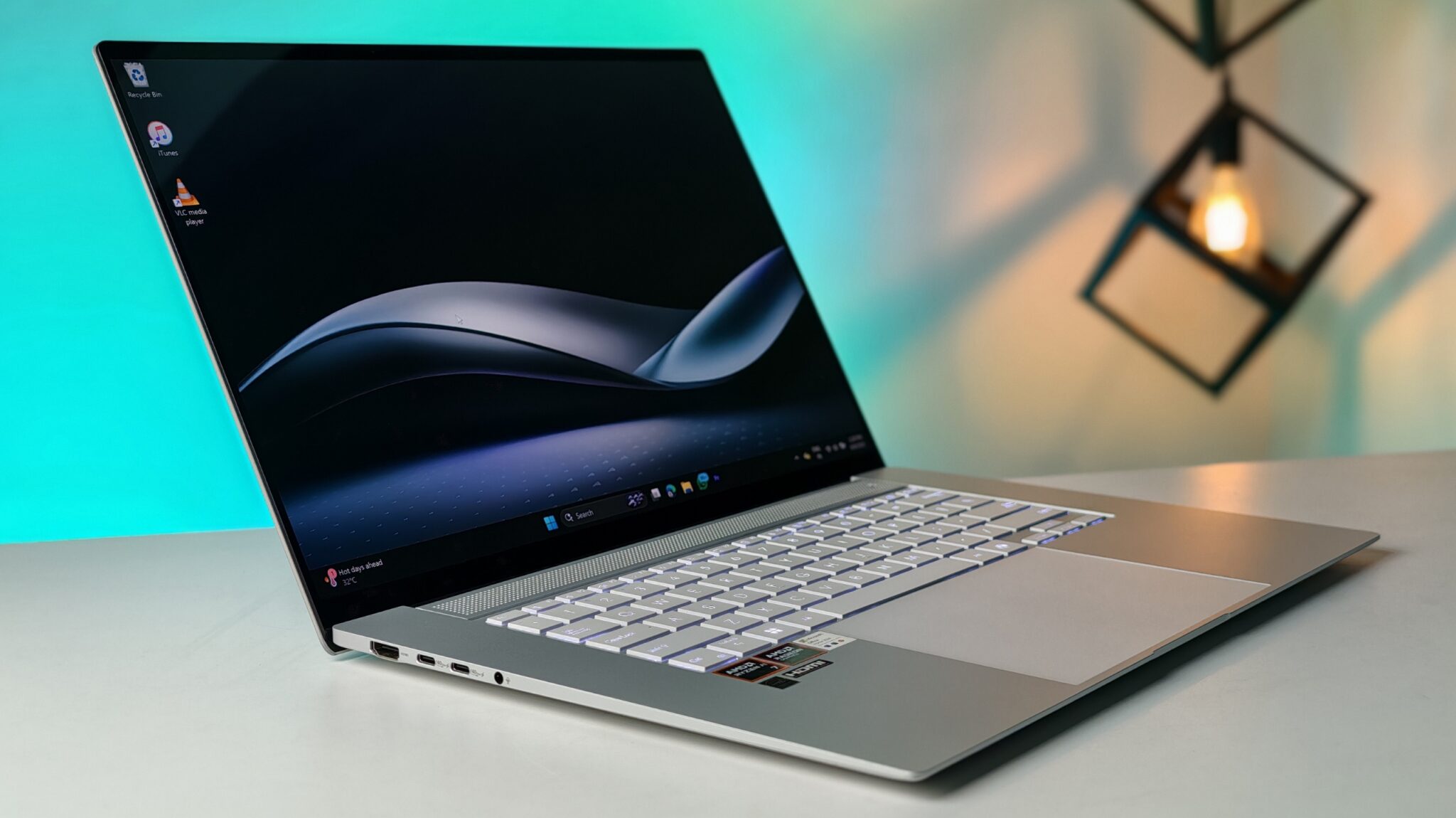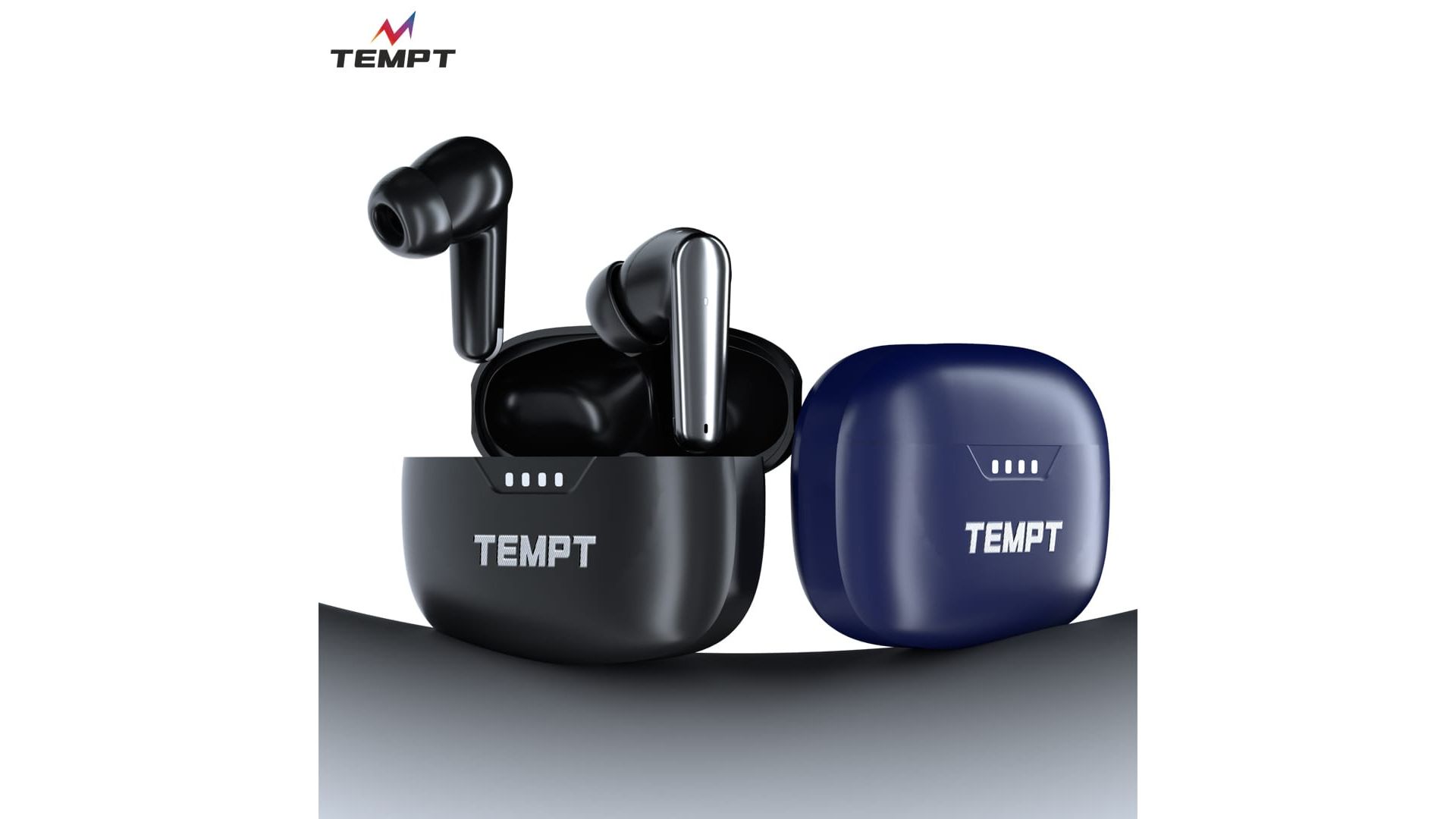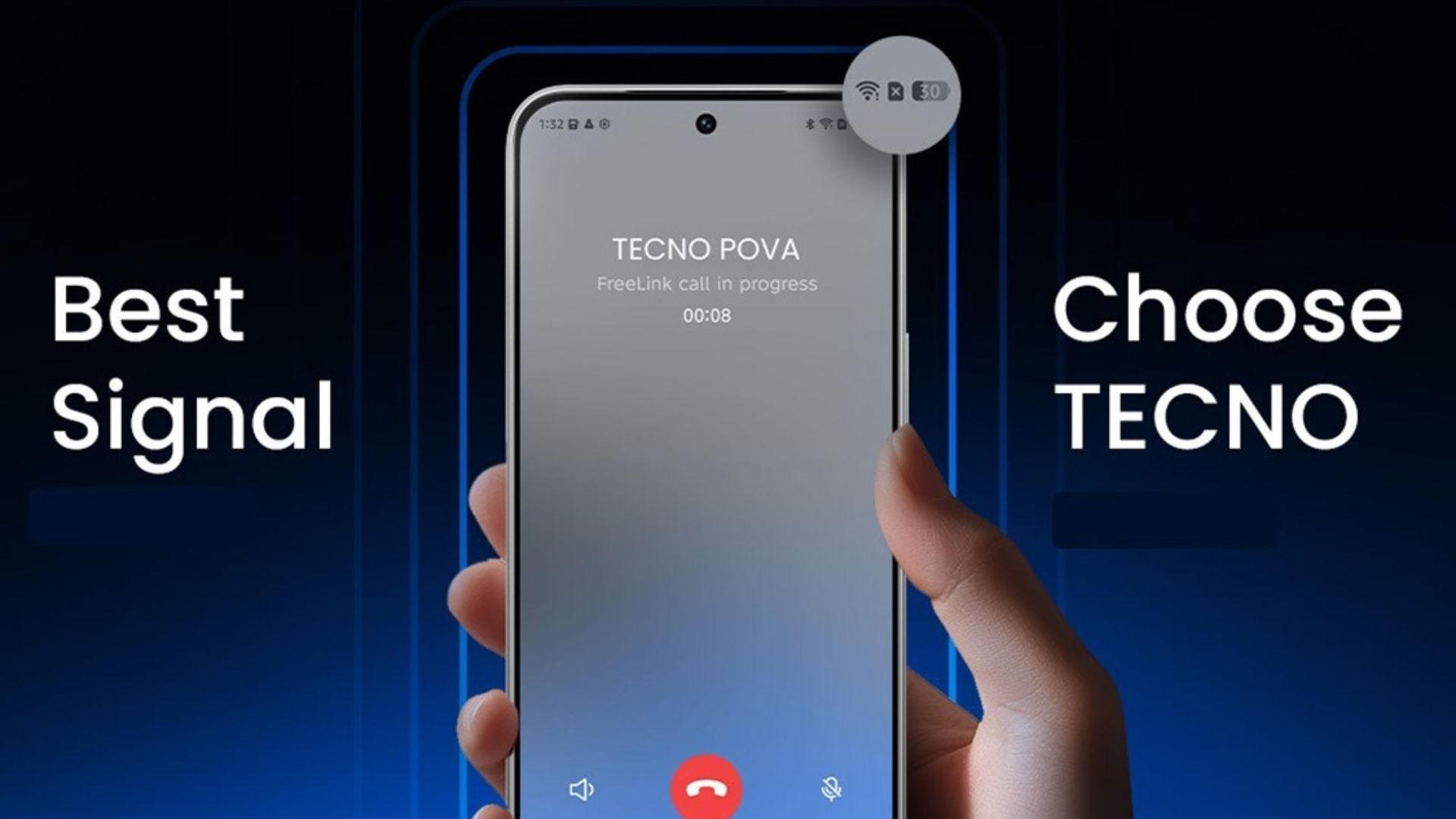India’s digital payments story has always been largely driven by scaling, and bold experiments, whether its demonetization or the rise of UPI. Now, even within this fast-evolving payment ecosystem, a silent revolution is underway. Payments are surpassing phones, and the next frontier isn’t mobile-first. It is ambient and rapidly embedded into our surroundings, triggered by proximity, voice, or intent. In many cases, it’s literally built into your car’s dashboard.
Payments beyond Phones
Payments are no longer enclosed with phones; they’re becoming embedded in the everyday environment. Technology is moving from screen-based actions to ambient, context-driven experiences. The need to pull out phones to pay is fading. It is not just about the convenience; it is unlocking access to simplify user journeys and enable interactions across devices and touchpoints. Fuel refills, EV charging, vending machines, kiosk checkouts, and many more such end points are being integrated with such journeys. The more intelligent the payment becomes, the more natural it feels, and the closer we get to a world where payments simply happen, without conscious effort.
Payment System in Vehicles
Currently, India has 50M+ cars registered on roads & approximately only 40-50% of these cars comes equipped with smart infotainment systems that supports GPS, Bluetooth, voice input, and app integrations. These are not high-end features anymore; they are standard. At the same time, a large share of payments in India still happen in places where phones can be a distraction such as toll booths, fuel stations, and drive through food stops. These are exactly the moments where embedding payments into the vehicle is efficient, safer, and more user-friendly.
Moving Cars as the New Interaction Model
Let’s talk about the technology behind this. Say a user wants to refill his car, he chooses the preferred fuel station based on proximity, pricing and availability on the map from the car’s infotainment system. When the user arrives at the fuel station; the infotainment system auto-detects the details of the station’s merchant. An encrypted audio signal is transmitted to the merchant’s POS system, identifying the vehicle to initiate the transaction. With voice commands, users can input the refill amount, enter Security PIN to complete the payment using voice commands, processed via UPI, and confirmed via dashboard prompt. The user need not even get out of the car to refill; it just happens on the go from the dashboard interface.
This process does not rely on NFC or QR codes and works reliably even in low-connectivity areas. It doesn’t require expensive hardware or deep integration with vehicle electronics. Deployment is rapid and cost-efficient. While the tech enables dashboard payments, transactions don’t interrupt the user’s attention or workflow while driving. These systems have already been piloted across several vehicle platforms.
Beyond Fuel: A Broader Payment Ecosystem
Fuel is only one use case. With integration into open commerce networks, it’s possible to use the same dashboard interface to pre-order coffee, pay for parking, book a service appointment, or check utility balances, without the need for phones. The vehicle becomes a surface for lightweight, location-aware transactions. Some automotive OEMs are already exploring these integrations. The aim is not to create new payment products, but to layer existing systems of UPI, FASTag, ONDC into environments where they can be led by voice-activated journeys without friction.
What it Signals for India
This shift points to a broader reality, i.e., the future of payments isn’t screen-first rather context-first. For India, where digital inclusion is a policy priority, these use cases are important. Not everyone is comfortable with app-based payments. Not everyone wants to transact on a phone. Enabling voice-led, screen-light interactions, especially in public or moving environments, widens access. These systems represent the crucial next layer of digital infrastructure. They make digital payments usable in practice, in real time.
To embed payments in everyday environments, you don’t just need APIs and hardware – you need ecosystem alignment. Mobility players, payment networks, regulators, and service providers all need to agree on standards and user flows. Such collaborations are increasingly finding their way into the market. The dashboard is just one node. Others will follow soon, vending machines, elevators, EV charging docks, delivery handoffs. The more payments can adapt to context, the more invisible and effective they become.
The Internet of Payments is about removing unnecessary steps and making transactions feel like part of the journey, not a disruption.
Article Authored By – Himaghna Dey Sarkar, Chief Expansion Officer at ToneTag.


